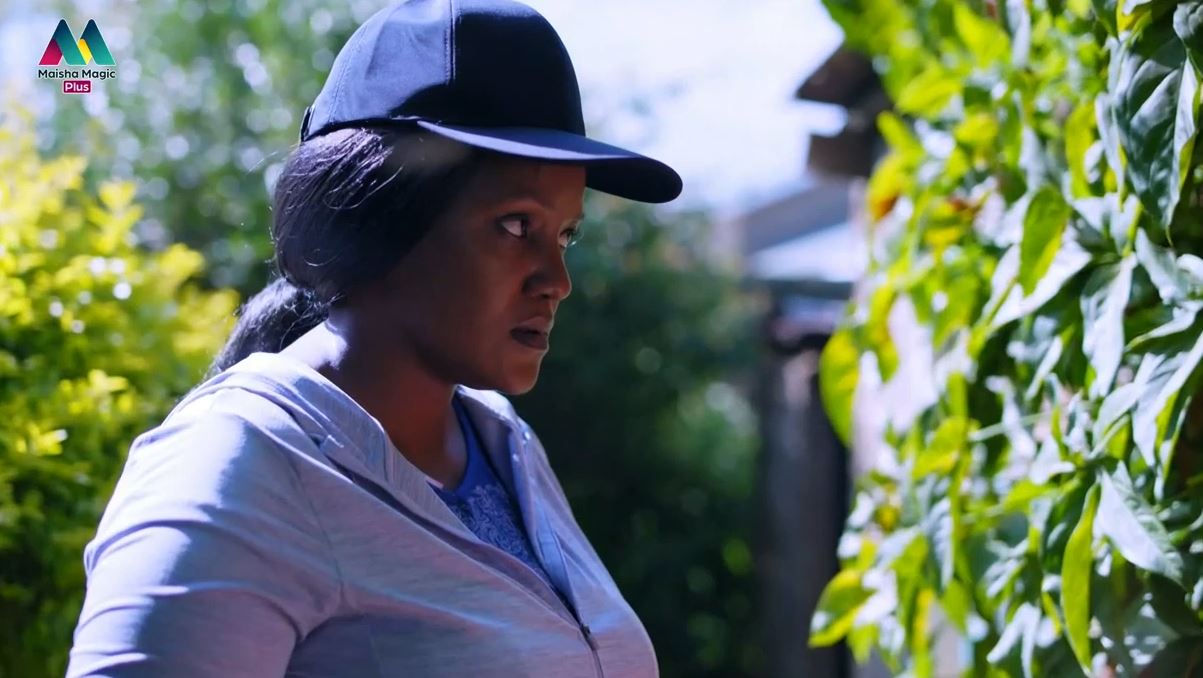Exploring the TCL Flip 3: Specs, Expected Price in Kenyan Shillings, and More
The TCL Flip 3, launched on March 3, 2025, at MWC 2025 and released globally by the end of March 2025, is a retro-style feature phone from TCL, a Chinese electronics manufacturer known for affordable, user-friendly devices. Designed to blend nostalgic flip-phone aesthetics with modern essentials, the TCL Flip 3 succeeds the TCL Flip 2, offering improved connectivity and functionality for basic communication needs. With its Kenyan rollout expected in Q3 2025 (July–September), it targets users seeking simplicity over smartphone complexity, competing with feature phones like the Nokia 2780 Flip. Here’s a detailed look at its specifications, expected price in Kenyan Shillings, target audience, and its strongest and weakest features, based on verified sources like GSMArena, PCMag, and MobileDokan.
Specifications of the TCL Flip 3
The TCL Flip 3 is a compact, durable feature phone optimized for calling, texting, and light app usage. Below are its confirmed specifications:
- Display:
- Main: 3.2-inch TFT LCD (240x320px, ~125ppi), no touchscreen.
- External: 1.77-inch TFT color screen for notifications, time, and caller ID.
- Processor: Qualcomm QM215 Snapdragon 215 (28nm), Quad-core (4×1.3 GHz Cortex-A53), Adreno 308 GPU.
- RAM and Storage: 1GB RAM, 16GB internal storage, expandable via microSD (up to 32GB).
- Camera System:
- Rear: 5MP (f/2.4, LED flash), 480p@30fps video recording.
- Front: No front-facing camera.
- Features basic photography for snapshots, no advanced modes.
- Battery: 1850mAh (removable Li-Ion), 5W wired charging (100% in ~3 hours), up to 14 hours talk time, ~17 days standby.
- Operating System: KaiOS v3.1, supports apps like WhatsApp, Facebook, YouTube, and Google Assistant, no third-party app downloads (unlike some reports).
- Durability: No official IP rating, sturdy plastic build with flip mechanism for screen protection.
- Connectivity: 4G LTE (bands 2, 4, 5, 12, 13, 41, 66), Wi-Fi 802.11 b/g/n, Bluetooth 4.2, GPS, USB-C 2.0, dual SIM (Nano+Nano), wireless FM radio.
- Design: Compact flip design, available in Stone Gray (appears black), dimensions 107.2×59.4×19.8mm, weight 143.5g.
- Additional Features: Large keypad, single speaker, no fingerprint sensor, basic sensors (accelerometer), supports Verizon, Spectrum, and U.S. Cellular in some markets.
Note: Some sources, like Bajaj Finserv, inaccurately list the TCL Flip 3 with 5G or a touchscreen, but it is confirmed as a 4G feature phone with a non-touch display.
Expected Price in Kenyan Shillings
In the U.S., the TCL Flip 3 is priced at $79.99 (~KES 10,400 at 1 USD ≈ 130 KES as of June 2025), and in Bangladesh, it’s BDT 12,000 (~$100 USD, ~KES 13,000). In Pakistan, it’s PKR 29,999 (~$107 USD, ~KES 13,900). In India, MobileAna lists it at ₹7,500 (~$89 USD, ~KES 11,600), though this may reflect promotional pricing. In Kenya, feature phone prices are inflated due to import duties, taxes, and retailer margins. Based on these global prices and local market trends, the TCL Flip 3 is expected to retail in Kenya for KES 12,000–16,000 for the 1GB/16GB variant. Promotional offers on platforms like Jumia Kenya or Safaricom shops may lower this to KES 10,000–12,000 during launch events.
Availability in Kenya is expected in Q3 2025 (July–September) via retailers like Jumia, Safaricom, or TCL Kenya’s official stores (e.g., tclkenya.co.ke), potentially with offers like free accessories or EMI options.
Who Is the TCL Flip 3 Best For?
The TCL Flip 3 is designed for users seeking a simple, reliable phone for basic communication and minimal digital needs. Its target audience includes:
- Seniors: The large keypad, clear displays, and intuitive KaiOS interface make it ideal for older users who prefer straightforward calling and texting, as noted in reviews targeting grandparents.
- Kids and First-Time Users: The compact, durable flip design and basic apps like WhatsApp and YouTube suit young users or parents seeking a safe, low-cost phone for children.
- Minimalists: Users looking to disconnect from smartphone distractions, as highlighted in a DEV Community post about the TCL Flip 2, will appreciate its focus on essentials like calls, texts, and FM radio.
- Budget Buyers: Kenyan consumers in the KES 10,000–16,000 range seeking a reliable feature phone with modern connectivity (4G, Wi-Fi) will find it a compelling alternative to the Nokia 2780 Flip.
- Secondary Phone Users: Professionals or travelers needing a backup phone for calls and texts will value its portability and long battery life.
The TCL Flip 3 is particularly appealing to Kenyan seniors, parents, and minimalists prioritizing simplicity, durability, and affordability.
Strongest Features
- Compact and Durable Flip Design: The 107.2×59.4×19.8mm, 143.5g design with a sturdy flip mechanism protects the screen and fits easily in pockets, ideal for seniors and kids.
- Dual Displays: The 3.2-inch main TFT LCD and 1.77-inch external TFT screen allow quick checks of notifications, time, and caller ID without opening the phone, enhancing usability.
- Long Battery Life: The 1850mAh removable battery offers up to 14 hours of talk time or 17 days of standby, suitable for extended use without frequent charging, a key feature for feature phones.
- Modern Connectivity: 4G LTE, Wi-Fi 802.11 b/g/n, and Bluetooth 4.2 provide reliable calls, texting, and light internet access, supporting apps like WhatsApp and YouTube on KaiOS.
- Affordable Pricing: At KES 12,000–16,000, it’s one of the cheapest 4G feature phones, offering great value compared to the Nokia 2780 Flip (~KES 14,000).
Weakest Features
- Limited Camera Performance: The 5MP rear camera with 480p video is basic and lacks a front-facing camera, limiting its use for photography or video calls compared to smartphones like the Infinix Hot 50 Pro.
- Short Battery Life Compared to Predecessor: The 1850mAh battery drains faster than the TCL Flip 2’s (up to 4 days), with user reviews noting drainage within 1–2 days, a downgrade for heavy users.
- Underpowered Hardware: The Snapdragon 215 chipset and 1GB RAM (AnTuTu ~50,000) struggle with multitasking or heavier apps, limiting performance compared to budget smartphones like the TCL 50 SE.
- No IP Rating: The lack of an official IP rating reduces durability against dust and water, unlike mid-range smartphones like the Honor X9c (IP65).
- Kludgy User Interface: KaiOS v3.1 is less intuitive than modern smartphone OSes, with some reviews noting navigation issues compared to the TCL Flip 2, potentially frustrating users.
Addressing the “Upcoming TCL Flip 3” Query
The TCL Flip 3, launched in March 2025, is not an upcoming device but is scheduled for Kenyan availability in Q3 2025. Some sources, like MobileAna, list an incorrect June 2025 release date or 5G support, but GSMArena and PCMag confirm a March 2025 global launch with 4G connectivity. Others, like gsmarena.com.ng, mention a 5MP quad-camera or non-removable battery, which are inaccurate; the TCL Flip 3 has a single 5MP rear camera and a removable 1850mAh battery. The phone builds on the TCL Flip 2 (2.8-inch TFT LCD, 1.44-inch external display, 1850mAh battery) with a larger main display (3.2-inch) and external screen (1.77-inch). A post on X praises its nostalgic design but notes limited app support, aligning with its feature-phone focus.
Conclusion
The TCL Flip 3, launched in March 2025 with a Kenyan rollout expected in Q3 2025, is a feature phone priced at KES 12,000–16,000. Its 3.2-inch main TFT LCD, 1.77-inch external display, 1850mAh removable battery, and 4G connectivity make it ideal for seniors, kids, minimalists, and budget buyers. The compact flip design and support for apps like WhatsApp and YouTube enhance its appeal for Kenyan users seeking simplicity and reliability.
However, its limited camera, shorter battery life compared to the Flip 2, underpowered hardware, lack of an IP rating, and kludgy KaiOS interface may deter users needing advanced features or robust performance. Compared to rivals like the Nokia 2780 Flip, it offers better connectivity (4G, Wi-Fi) but lags in battery longevity and UI polish. Kenyan consumers can expect it at retailers like Jumia, Safaricom, or TCL Kenya’s official stores in mid-2025, with potential offers like free accessories or EMI options boosting its value in the KES 12,000–16,000 segment.
Sources: Information compiled from GSMArena, PCMag, MobileDokan, Smartprix, PhoneArena, and posts on X, with Kenyan pricing estimated based on global pricing and local market trends.
AURORA’S QUEST TUESDAY 1ST JULY 2025 FULL EPISODE PART 1 AND PART 2 COMBINED










You must be logged in to post a comment.